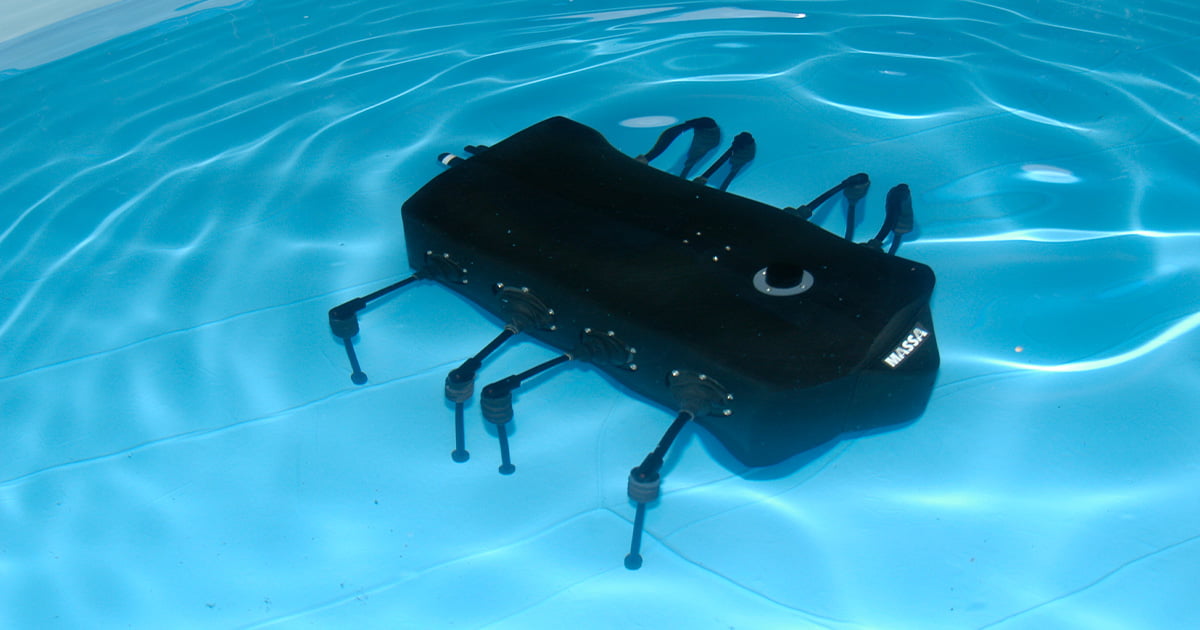We are all guilty of this to some extent. We don’t always appreciate our freedoms, and the price we pay for this isn’t fully understood. As the adage goes, people “don’t know what they’ve got ‘til it’s gone,” and cannot necessarily grasp the full magnitude of efforts supporting the simple things we take for granted.
As we go about our daily life, we owe so much to the dedicated, collective work of others. The reality is that there’s an immense and highly orchestrated behind the scenes effort, bridging front-line operations with underwater and hidden-in-plain-sight initiatives that involve various agencies within and outside of the DoD that rely on individuals and teams of military, agents, civilians, and industry. The hard truth here; as precious as freedom is, it is not as stable as we believe, and neither are the forces charged with its protection.
CLEAR COLLABORATION NEEDED
Although the DoD and industry often work together, seldom is it done efficiently and cost-effectively. However, this has not always been the case. There is a significant difference between wartime and peacetime procurements and acquisitions. There are a lot of legally acceptable ways the DoD and various departments could better utilize innovative partners.
Contrary to common practice and popular belief, the government (in some cases) has the power to conduct business like a business. They executed this power in WWII, and again during the Reagan Era’s 600 ship Navy. The discussions revealed, at HASC 2024.02.15 Full Committee Hearing: Outpacing China: Expediting the Fielding of Innovation, where Dr. William LaPlante, Ms. Heidi Shyu, and Mr. Doug Beck testified, that improvement is overdue between DoD and industry players. There is a great need for advancement with innovation and manufacturing. The Submarine Industrial Base office of the Navy was also set up in recent years to assist the much-devastated American manufacturing base.
However, the truth is only found by those who seek it, and therefore we must listen intently to all such testimonials with a sieve to separate the ideas that work from those that do not.
In Defense News, “The Pentagon wants industry to transform again to meet demand. Can it?,” by Noah Robertson, described the situation that occurred in 1993 to shrink the defense base and decrease military spending. A task that had ignored the lessons learned from WWII, that so many lived and died to ensure that we would never forget.
“America needed a defense industry built for peacetime. So arrived the Last Supper, a name Augustine himself gave the 1993 dinner. Even at the time, he said, it appeared to be sound policy. Defense spending was bound to fall, leaving the Pentagon with two choices: a sprawling industry versus a smaller, more efficient one.”
PROTOTYPES NOT PAPERWORK
Except, instead of increasing efficiency, it increased bureaucracy. They had forgotten that in peacetime, the best way to preserve peace is to prepare for war. Worst of all, this act spawned the inertia that we seek to overturn today. Freedom suffers in a world where paperwork comes before prototypes, and people are incentivized to avoid mistakes opposed to stiving for excellence.
Furthermore, today large businesses and venture capitalists are still gobbling-up smaller companies. This doesn’t churn out the desired results—capabilities and key personnel are often lost in the transaction. However, there are a few independent innovative companies still standing. Small businesses like Massa continue to lead in their technology and their manufacturing capabilities.
Many professionals in the Defense realm have read the book Freedom’s Forge by Arthur Herman. It tells the story at the macro-level of what occurred in America leading up to “readiness” during WWII. This outlines how the Navy had to shift from peacetime to wartime mentality very quickly. It also spells out how leaders had to choose what was proper over what was popular. It illustrates how Masters of Industry were the behind-the-scenes heroes that supplied the warfighter in their missions.
MASSA’S ENDURING VISION
There are likely several lesser-known micro-level stories that exist that tell how more sophisticated technological advancements were ramped-up swiftly and put into production. One such micro-story is that of how Massa’s founder, Frank Massa, worked directly with Admiral Furer as Industry Point of Contact during WWII to create hundreds of necessary sonar designs and produce quantities in the thousands of each design to win the war.
Admiral Furer was empowered to make decisions and he had the courage to act rationally opposed to bureaucratically. By cutting the red tape—the sailors, soldiers, and flyers were able to get the tools they needed in real time. Following WWII, Admiral Furer was asked to author a book to preserve the history of what was done then, so we would not have to suffer as a nation in the future. That is, of course, what history is supposed to be used for—to prevent damaging events from repeating. Yet, sometimes in our complex societal systems, we miss the warning signs. The geopolitical stages have been set, and things are in motion.
However, there are still some of us left who want more and will not give up. We are dissatisfied with the mundane and want desperately to spend our time doing everything in our power to improve our world. We’re today’s innovative leaders, and we’re the companies that are truly indispensable. We’re the businesses that will find each other and are the places where those wanting meaningful careers will gravitate. It is time to rely again on the captains of industry as Furer did. We need businesses like Massa, that want to collaborate and create sophisticated innovations that can be mass-produced in real time for our warfighters.
This feature originally appeared in ON&T’s March 2024 issue. Click here to read more.

